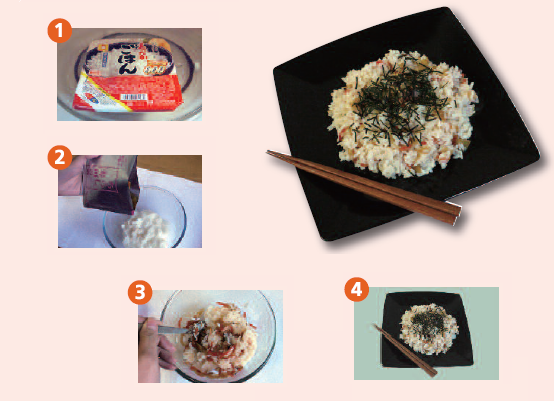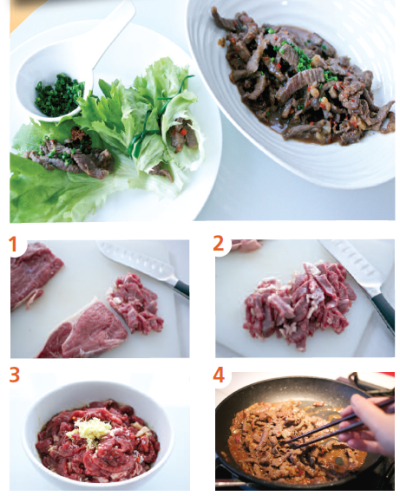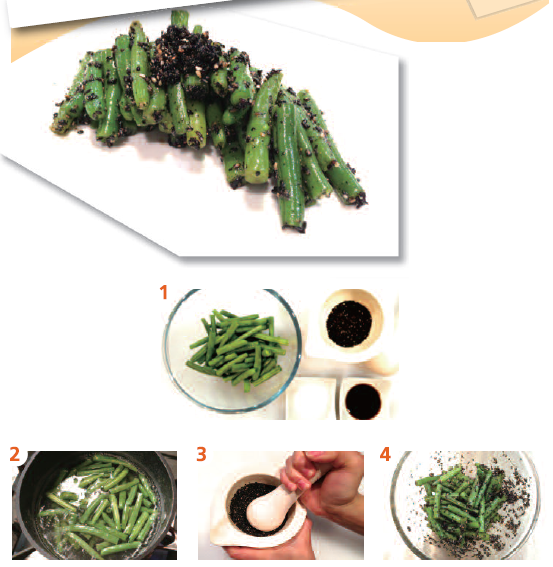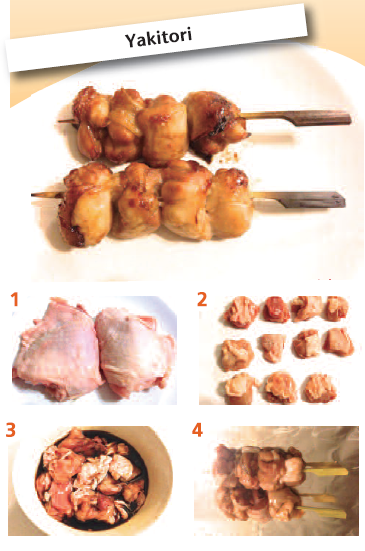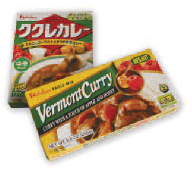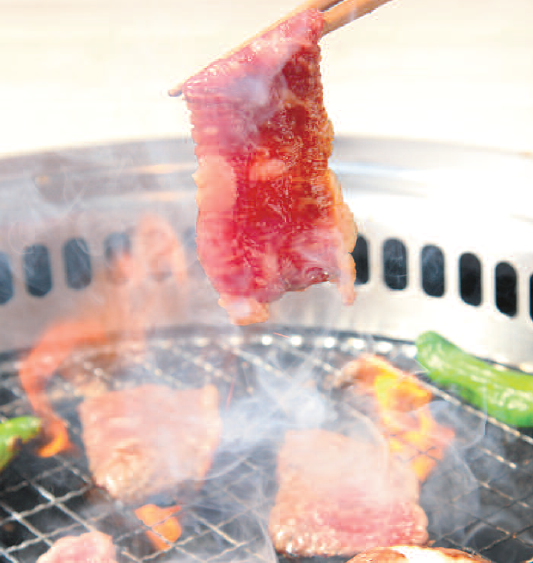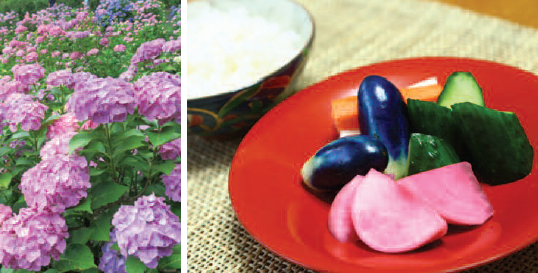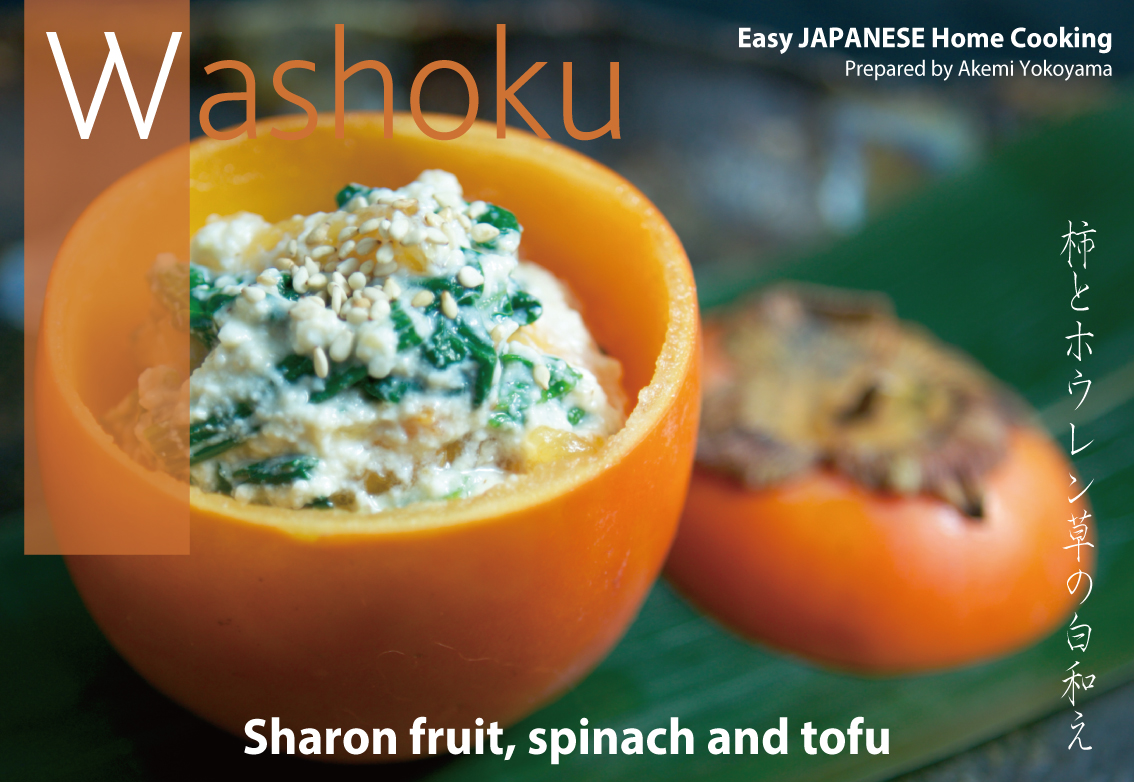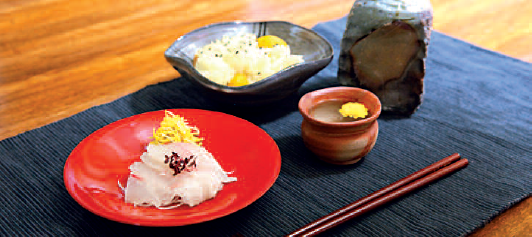
October sees many people in Japan pinning their hopes for a long and hale life on the delicate blossoms of the chrysanthemum.
The last of the five major festivals in the Japanese calendar is choyou no sekku, otherwise known as the Chrysanthemum Festival. In the modern calendar it falls during October but under the traditional lunar calendar it took place on the 9th day of the 9th month. It has the lowest profile of the five big celebrations but traditionally has been seen as the most important, as it wraps up the year’s festivities. In the Heian period (794-1185) the event was marked with many lavish banquets at the imperial court, where food and drink prepared using chrysanthemum flowers was served. These banquets became known among the peasant class as the “Chrysanthemum Feasts”. The weather at this time of year when the old 9th day of the 9th month fell sees Japan sweltering in the last heat of summer and although there are no actual Chrysanthemums left in bloom, the influence of the Chrysanthemum festival can still be seen today in how parts of that flower are often used in the traditional dishes served during Autumn. Chrysanthemums have also been used in medicine since ancient times, as it has been believed that they promote a long and healthy life. Particularly renowned is “Chrysanthemum sake” with petals from the flower floating in the cup, which is widely known as a drink that will extend one’s life. Chrysanthemum flowers are not just for looking pretty however, and Japanese food culture has embraced eating of their petals and leaves. It is mainly the native species that are used for cooking rather than the European ones that were introduced later. One particularly fine dish is the flavoursome kikuka namasu, in which the petals are lightly broiled in hot water with salt and vinegar, cooled in cold water and the moisture wrung from them before seasoning with sweet vinegar. Yellow chrysanthemums are also a familiar decoration seen on sashimi platters and while beautiful to look at, also serve a purpose in that they are antibacterial and help to prevent food poisoning. So why not reflect on the people of the past and how they laid their hopes of a long and healthy life on the blossoms of the chrysanthemum while enjoying the long nights this coming autumn?
Japan Koinobori Association Nagasaki Ryo
www.koinobori-nippon.jp/en


